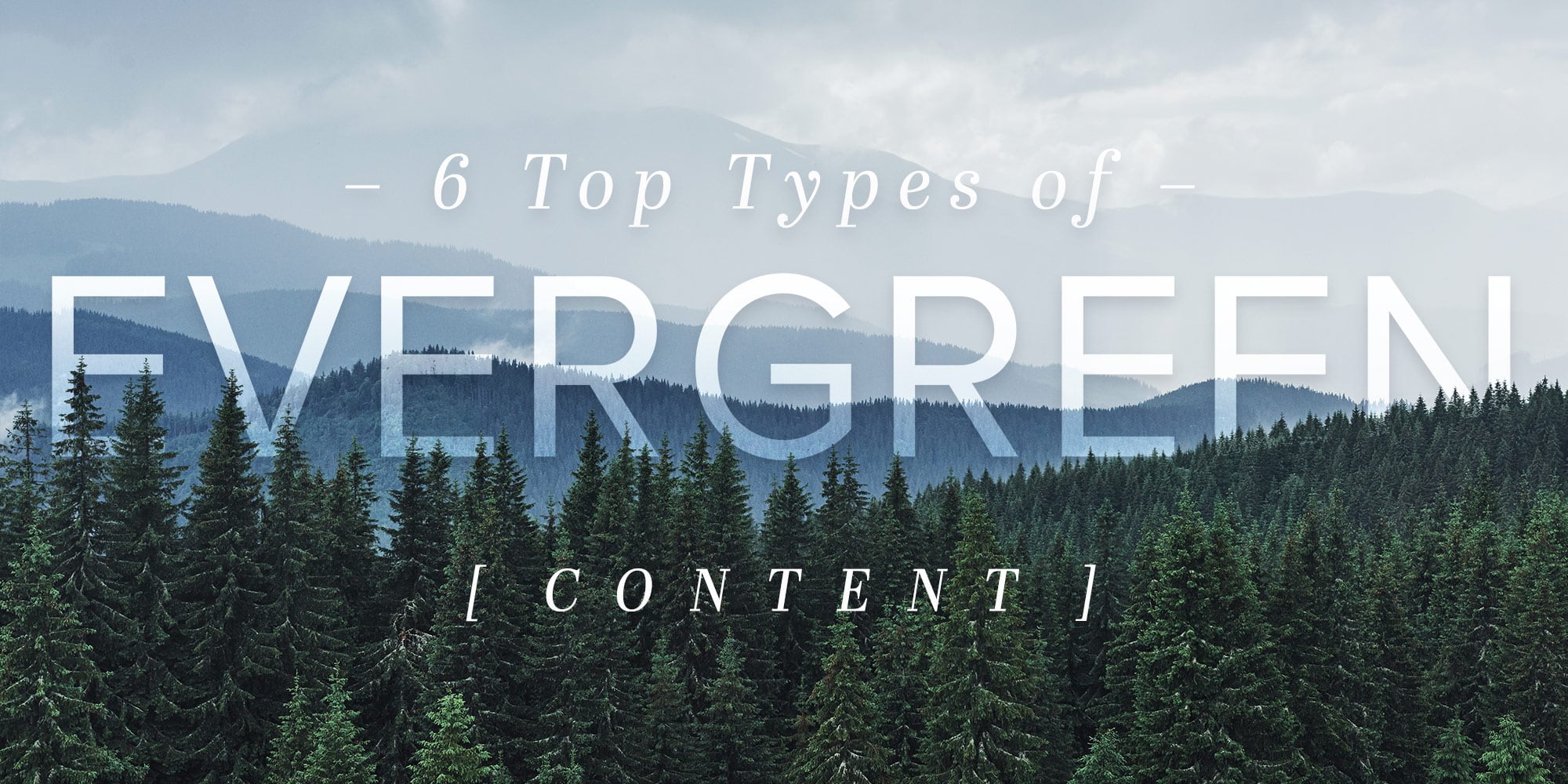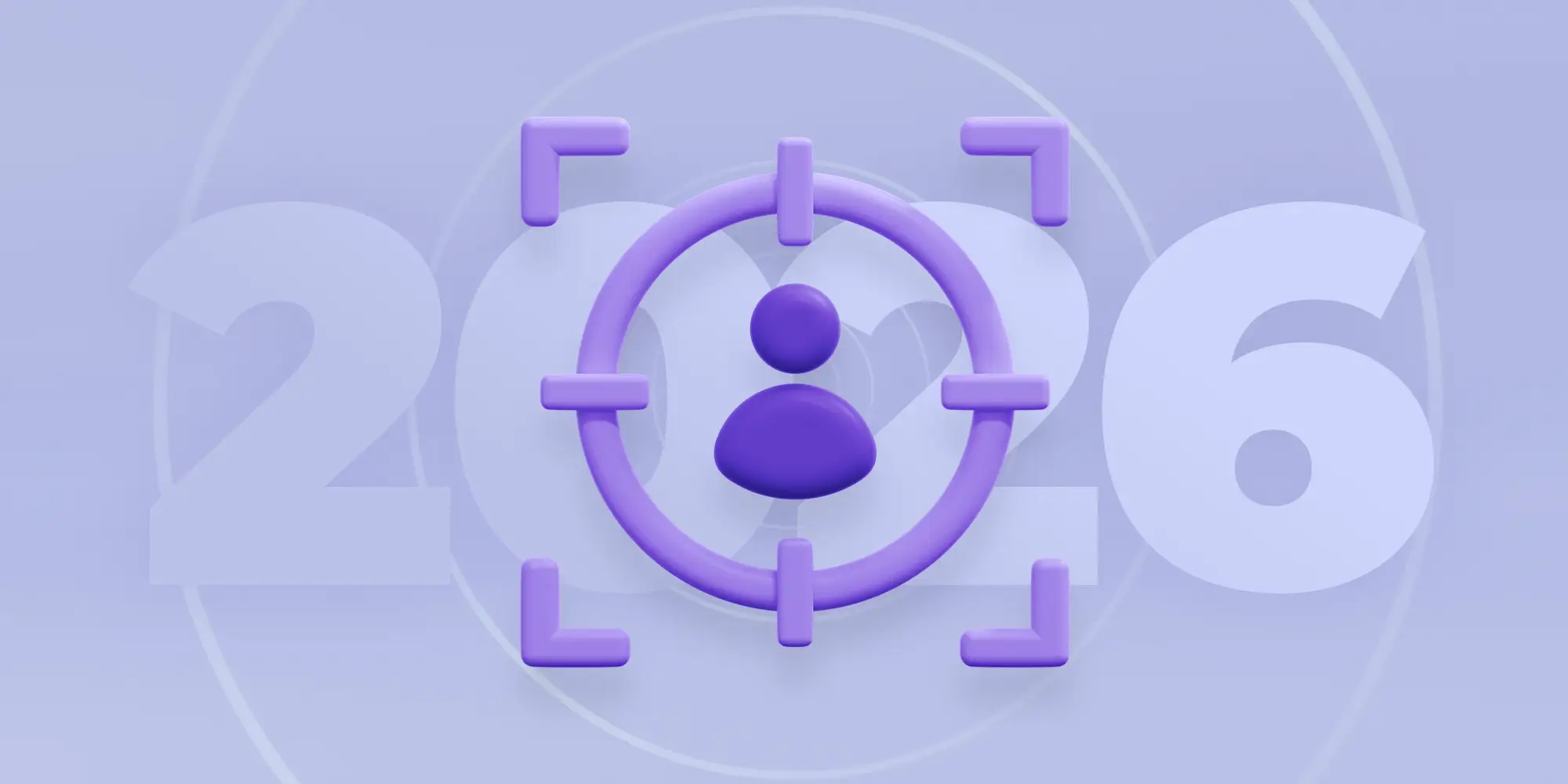Key Takeaways:
Evergreen content is valuable for your customers and your business.
Establishing your brand’s authority, generating leads, and creating a steady stream of traffic are just a few reasons to create evergreen content.
By incorporating evergreen content into your content strategy, you’ll save yourself time while maximizing the return on the content you share with your audience.
Is one of your New Year’s goals to recycle more? Great! But why not apply that goal to your content strategy as well (by recycling your content)? Let’s dive into the advantages of evergreen content for your small business. We’ll also share the top 6 types of evergreen content that you should create now (and repurpose later on).
The Benefits of Evergreen Content
The easiest way to define evergreen content is content on a timeless topic that is valuable to readers for years to come. Because evergreen content is typically more comprehensive in nature than time-sensitive content, it might take you longer to create. But you’ll reap the rewards of it in the long run. Here are just some of the advantages of incorporating evergreen content into your content strategy:
- Valuable to Both You and Your Audience.
Evergreen content provides value to your audience because it answers commonly asked questions. But it’s also valuable to you and your team because it helps promote steady traffic to your blog and website. - Performs Well in SERP.
Optimized content based on timeless topics will rank highly in search results because consumers are searching for that topic (and the keywords that your content includes). - Produces Long-Term Leads.
While time-sensitive topics can generate leads for a short period, evergreen topics keep generating leads weeks, months, and years after they’re published. (In other words, it’s a gift that keeps giving!) - It’s Always Relevant.
There are certain keywords and questions that consumers won’t ever stop Googling. While you’ll need to update evergreen content from time to time to ensure it stays as up-to-date as possible, the topic itself will never go out of style. - Saves You Work and Time.
When you have a collection of evergreen content to pull from, you’ll save yourself time. That’s because, instead of creating something brand-new from scratch, you can quickly update something that’s already been written so that it has a fresh feel. (Whether that’s with fresh stats, new information, new strategies, or something else.) And you can continue to refresh and promote this content as a foundational part of your marketing strategy.
When you have a collection of evergreen content to pull from, you’ll save yourself time. That’s because, instead of creating something brand-new from scratch, you can quickly update something that’s already been written so that it has a fresh feel.
Top 6 Types of Evergreen Content to Create
Now that we’ve established the importance of evergreen content, what are some examples of it? Here are the top types of evergreen content that you and your team should create for your small business.
1. Tutorials and Guides
“How-to,” “best practices,” and “everything you need to know about X” content are some of the most effective types of content your brand should create. And it establishes your business’s authority on a given topic, which builds trust with your target audience. This is important given that 81% of consumers say they need to be able to trust the brand before buying from them, as a 2019 study from Edelman indicates. Think through which concerns or questions your customers frequently share that could be addressed by a step-by-step tutorial or a comprehensive guide.
2. FAQs
Commonly-asked questions are a great inspiration for evergreen topics to produce. For instance, maybe customers struggle with assembling one of your store’s products or need more information about a particular service your business offers before purchasing it.
3. Case Studies and Testimonials
Don’t underestimate the power of user generated content (UGC) like case studies and testimonials as you expand your business’s library of evergreen content. Per Stackla, consumers trust customer reviews 12 times more than marketing that our organization generates.
4. Listicles and Checklists
Today’s consumers have short attention spans and gravitate toward content types that are easy to skim and fast to absorb. Content like “top 10” lists and checklists perform well when it comes to lead generation and creating a steady stream of traffic for your blog and website.
5. Glossaries
Regardless of what industry your business is in, chances are that at least some of your customers are confused by the lingo you use. Whether you’re a hair stylist that needs to explain the difference between full and partial highlighting services or a local law firm that needs to define some of the legalese you use daily. Glossary-style content is a valuable resource to provide your audience.
6. Product (and Resource) Roundups
Modern customers are always looking for ways to save time and effort. Product and resource guides take advantage of this reality. By gathering a list of resources or products for your customers, you’re showing that you acknowledge their needs for information and convenience.
“Customer reviews are trusted 12 times more than marketing coming directly from the organization.”
Stackla, 2020
Need Help Going Green with Content?
Not sure where to start when it comes to creating evergreen content? Or need some pointers on how to refresh and reuse the evergreen content you already have? Let Technology Therapy® Group help. Check out the following on-demand training sessions to boost your content know-how.




